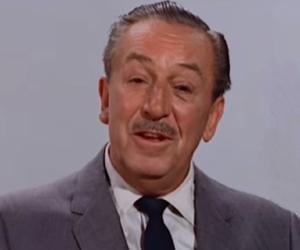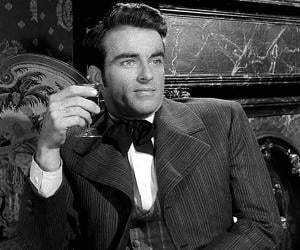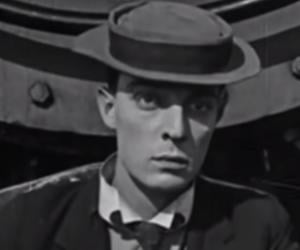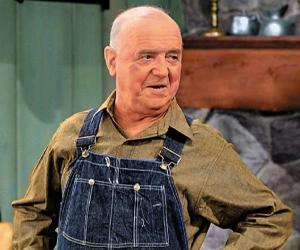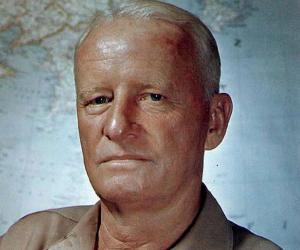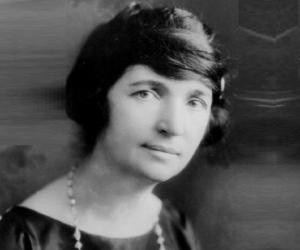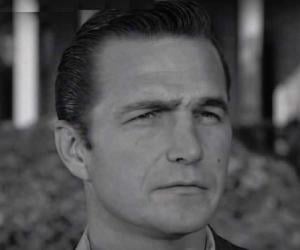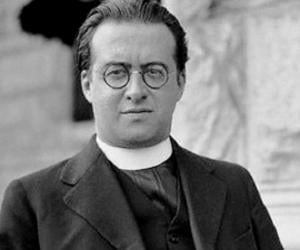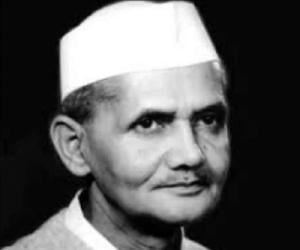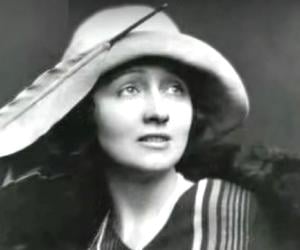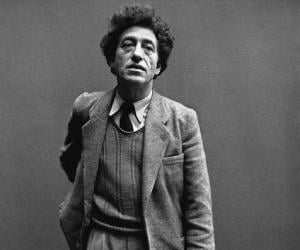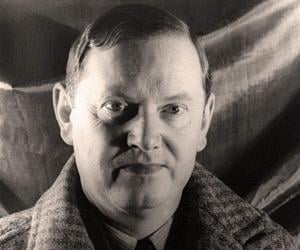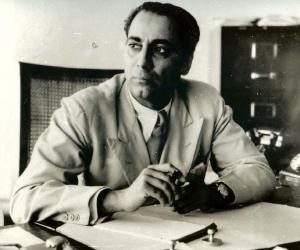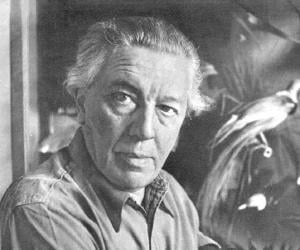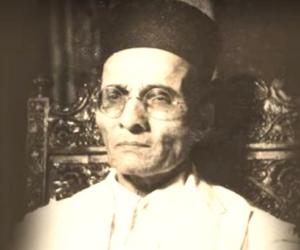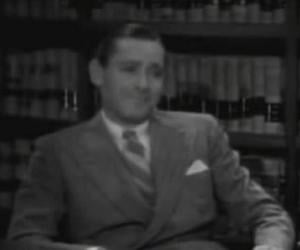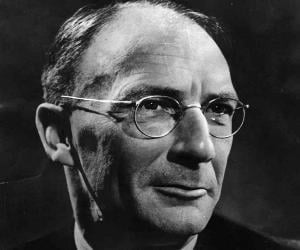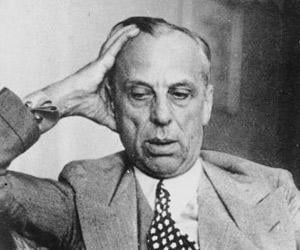Walt Disney is considered to be the forerunner of the American animation industry. He has won 22 Oscars and holds the record for most Academy Awards earned by an individual as a film producer. His The Walt Disney Company has produced many successful animation films. He later established amusement theme park, Disneyland, in 1955, which has since grown manifold.
Montgomery Clift was an American actor whose decision not to sign a contract in Hollywood for the first couple of films went on to help establish the structure of the star-studio relationship from the 1950s to the '80s. One of the original American method actors, Clift was the subject of a documentary named Making Montgomery Clift, which released in 2018.
Buster Keaton was an American comedian, filmmaker, actor, and stunt performer. Regarded as one of the greatest actor-directors of all time, Keaton was renowned for his physical comedy. Counted among the greatest stars of classic Hollywood cinema by the American Film Institute, Buster Keaton's films remain highly regarded. His 1926 film The General was admired by actors like Orson Welles.
Chester W. Nimitz was part of the United States Navy where he served as a fleet admiral. He played a key role during World War II, commanding the US Pacific Fleet and the Allied air, sea, and land forces. He also played a crucial role in acquiring approval to develop USS Nautilus, the first nuclear-powered submarine in the world.
Margaret Sanger was an American writer and sex educator. She is credited with popularizing the term birth control. A birth control activist, Sanger established the first birth control clinic in America. She also set up organizations that later became the well-known non-profit organization Planned Parenthood Federation of America. She also played a key role in legalizing contraception in the US.
Georges Lemaître was a mathematician, astronomer, and professor of physics. Lemaître was the first person to theorize that the expansion of the universe can be used to explain the recession of nearby galaxies. In 1927, Lemaître published the first estimation of the Hubble constant. He also came up with the Big Bang theory to explain the origin of the universe.
The second prime minister of India, Lal Bahadur Shastri, was known for his environmental campaigns and his support for the White Revolution. His slogan "Jai Jawan, Jai Kisan,” during the 1965 Indo-Pakistan War, became immensely popular. He ended the war by signing the Tashkent Agreement, but died a day later.
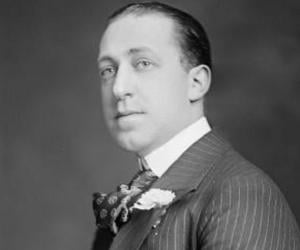
Alberto Giacometti was a Swiss painter, sculptor, printmaker, and draftsman. Widely regarded as one of the 20th century's most important sculptors, Giacometti's career and his friendship with American writer James Lord inspired the 2017 British-American drama film Final Portrait, in which Alberto Giacometti is portrayed by Australian actor Geoffrey Roy Rush.
Arthur Evelyn St. John Waugh was an English author, known for his novels, biographies, and travelogues. Hailed as the most brilliant satirical novelist of his day, he wrote mostly satires before WWII. But during the war, his writings took a serious turn; he published Brideshead Revisited in 1945, a book that continues to appear on the best books list till now.
Padma Bhushan-winning physicist Homi Bhabha revolutionized the Indian nuclear program singlehandedly. Born into an affluent family, he was educated at Cambridge. Initially geared toward a career in mechanical engineering, he later drifted to physics, eventually contributing to the formation of TIFR. The Bhabha Atomic Research Centre is named after him.
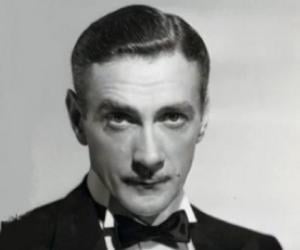
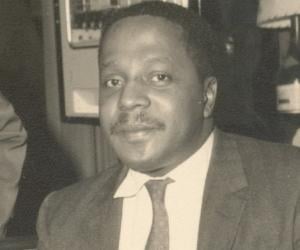
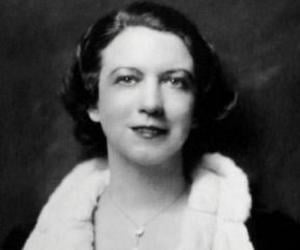
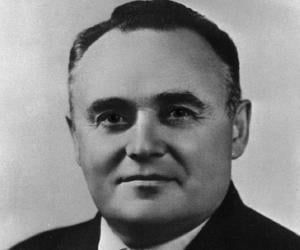
Sergei Korolev was a Soviet spacecraft designer and rocket engineer who played an important role during the Space Race between the Soviet Union and the United States of America in the 1950s and 1960s. He was largely responsible for developing the R-7 Rocket and launching Yuri Gagarin into space. Sergei Korolev also launched Belka, Strelka, and Laika into space.
Born into a family of shopkeepers, French poet André Breton initially studied medicine and psychiatry. He then joined Dadaism and eventually branched out and became one of the pioneers of the surrealist movement. Known for his Surrealist Manifestos, Breton was also a collector of manuscripts, sculptures, and paintings.
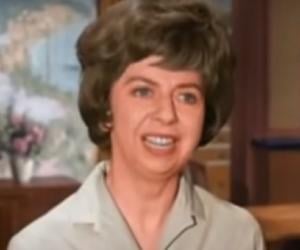
Vinayak Damodar Savarkar was an Indian politician and independence activist. He formulated the Hindu nationalist philosophy of Hindutva and was a leading figure in the Hindu Mahasabha. He was known for his strong oratory skills and was an eloquent writer. He was initially charged as a co-conspirator in the assassination of Mahatma Gandhi but was later acquitted.
Herbert Marshall was an English actor best remembered for playing important roles in popular Hollywood films during the 1930s and 1940s. He was one of the most sought-after actors in Hollywood at the peak of his career. In 1960, Herbert Marshall was awarded a star on the Hollywood Walk of Fame for his contributions to the film industry.
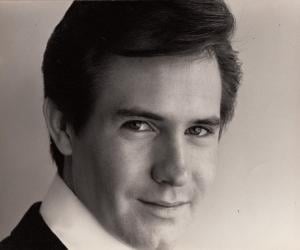

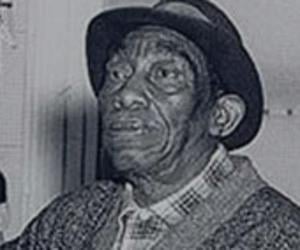
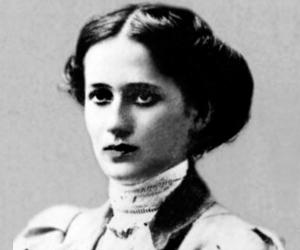
One of the greatest Russian women poets, Anna Akhmatova had started writing poems at age 11. She was part of the Acmeists, who laid down their own style, Acmeism. Poema bez geroya and Requiem remain two of her finest works. She later wrote about the horrors of the Stalinist regime.
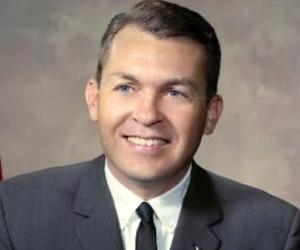
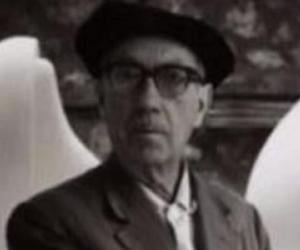
Jean Arp was born in Strasbourg, to a German father and a French mother. After studying art in Paris and Switzerland, he co-created The Modern Alliance and participated in the Dada and Abstraction-Création movements. An avant-garde painter and sculptor, he also experimented with media such as embroidery.
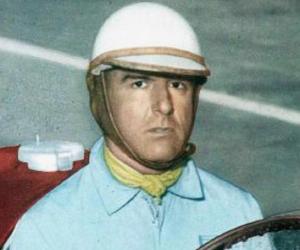
Giuseppe Farina, or Nino Farina, was not just a Formula One racer but also boasted of a doctorate degree in engineering. He became the first winner of the world driving championship as per the modern point system. He died in a car accident while on his way to watch a race.
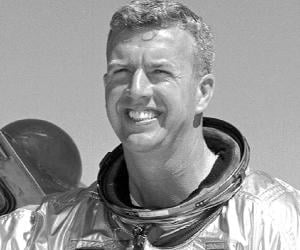
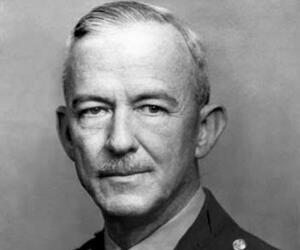
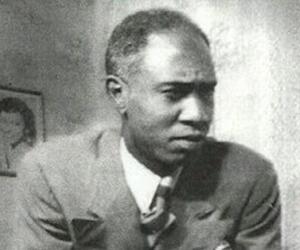
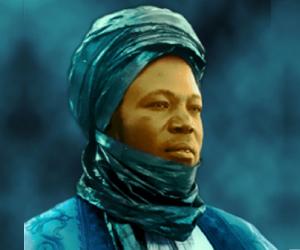
Nigerian statesman Ahmadu Bello was the only Premier of Northern Nigeria. The Sardauna of Sokoto, he was one of the main spokespersons for Northern Nigeria during the country’s struggle for independence. He is also remembered as a founding father of modern Nigeria. He was assassinated in Nigeria’s first military coup.
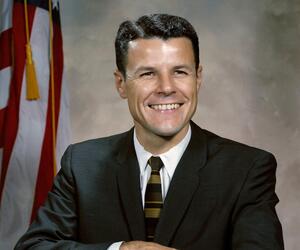
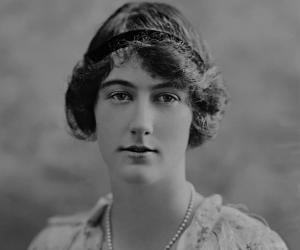
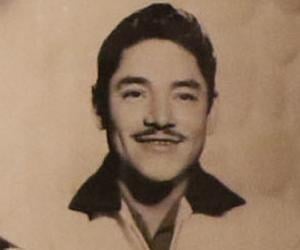
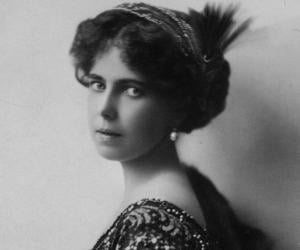
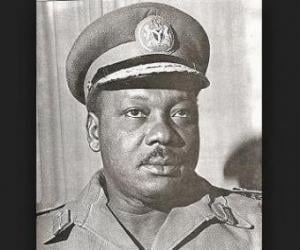
Nigerian general Johnson Aguiyi-Ironsi was named Johnny Ironside after facing an angry mob of Congolese people during the Congo Crisis and releasing hostages from Katangese rebels. He reigned as Nigeria’s 1st military head of state. He was eventually assassinated by a few Northern Nigerian officers.
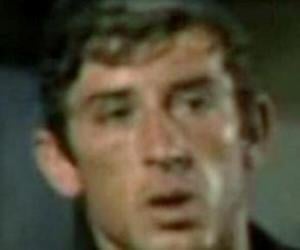
Milos Milos was a Serbian-born American stunt double, actor, and bodyguard for Alain Delon. He is best remembered for his portrayal of a naval officer in the American comedy film The Russians Are Coming, the Russians Are Coming. Milos Milos also played the titular role in the 1966 American horror film Incubus before committing suicide at the age of 24.
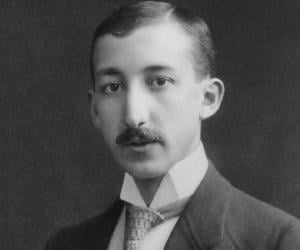
Nobel Prize-winning Hungarian-Swedish chemist George de Hevesy is best remembered for his research on isotopic tracer techniques to study animal metabolism. He is also credited with co-discovering the element hafnium with physicist Dirk Coster. He fled the Nazi regime and moved first to Denmark and then to Sweden.

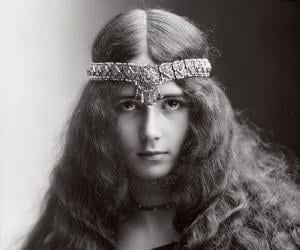
Cleo de Merode was a French dancer whose glamor overshadowed her dancing skills. Often referred to as the first modern celebrity and the first real celebrity icon, de Mérode was also the first female public figure whose pictures were distributed worldwide. She is also remembered for her sculpture La Danseuse which was sculpted from a plaster cast of her body.
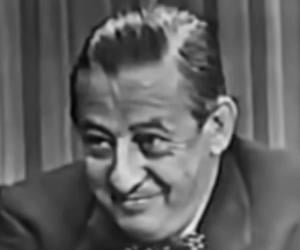
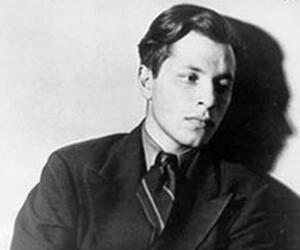
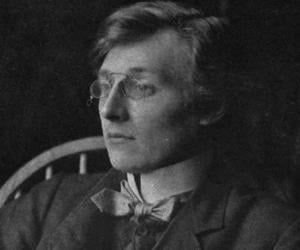
An illegitimate child of architect Edward Godwin and actor Ellen Terry, Edward Gordon Craig later grew up to be one of the pillars of modernist English theater. While he began his career acting at the Lyceum Theatre, he later switched to set designing. The Art of the Theatre remains his best-known written work.
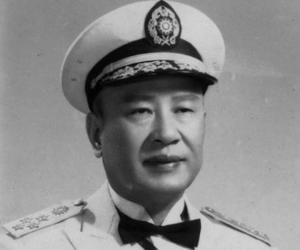
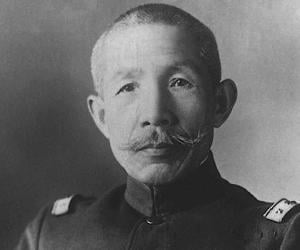
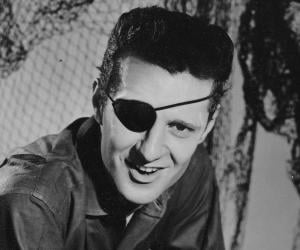
Johnny Kidd was an English singer and songwriter. He is best remembered for his association with the rock and roll group, Johnny Kidd & the Pirates, where he was the lead vocalist. Thanks to one of his most popular songs, Shakin' All Over, Johnny Kidd was one of the few British rockers to achieve international fame before the Beatles.
